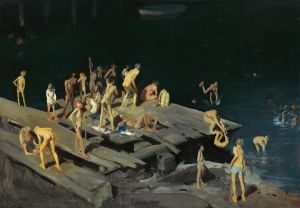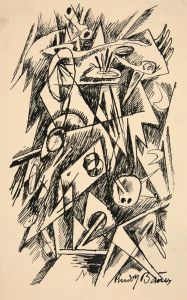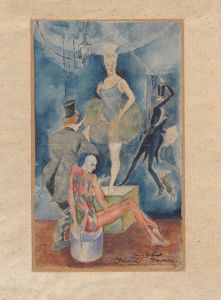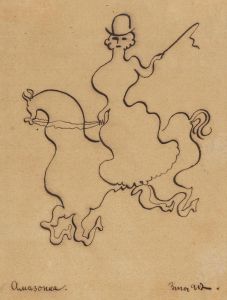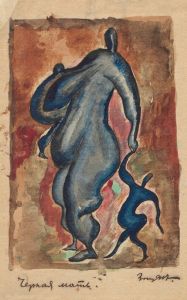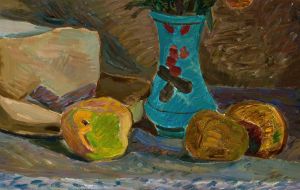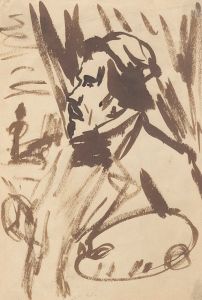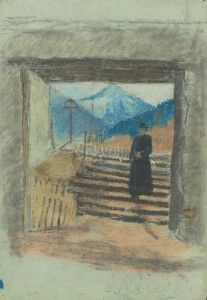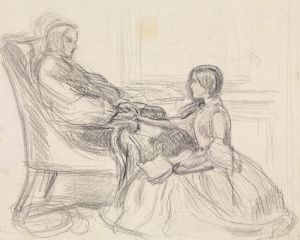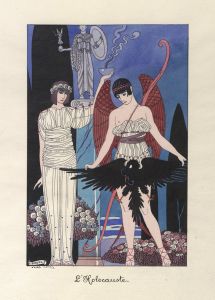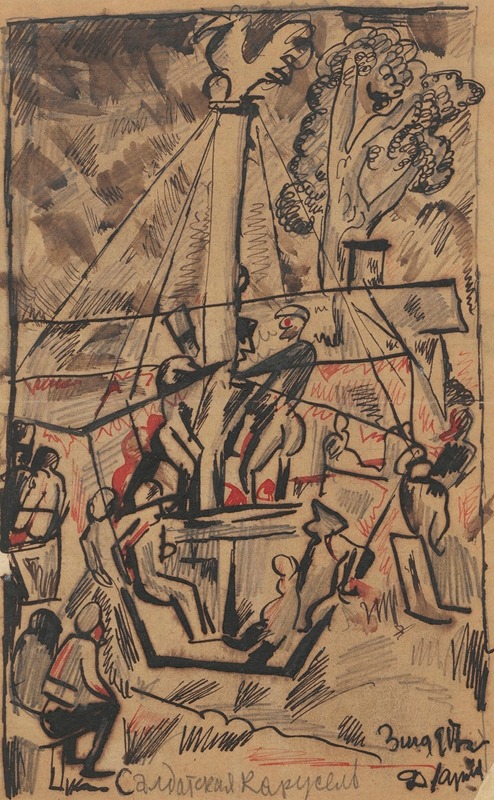
Soldiers’ carousel
A hand-painted replica of Zygmunt Waliszewski’s masterpiece Soldiers’ carousel, meticulously crafted by professional artists to capture the true essence of the original. Each piece is created with museum-quality canvas and rare mineral pigments, carefully painted by experienced artists with delicate brushstrokes and rich, layered colors to perfectly recreate the texture of the original artwork. Unlike machine-printed reproductions, this hand-painted version brings the painting to life, infused with the artist’s emotions and skill in every stroke. Whether for personal collection or home decoration, it instantly elevates the artistic atmosphere of any space.
Zygmunt Waliszewski was a prominent Polish painter known for his contributions to the modern art movement in Poland during the early 20th century. One of his notable works is "Soldiers’ Carousel," a painting that reflects his unique style and artistic vision. Waliszewski was born in 1897 in Saint Petersburg, Russia, and later moved to Poland, where he became an influential figure in the Polish art scene.
"Soldiers’ Carousel" is a vibrant and dynamic piece that exemplifies Waliszewski's interest in combining traditional themes with modernist techniques. The painting captures a scene of soldiers engaged in a carousel ride, a motif that can be interpreted as a commentary on the cyclical nature of military life or the absurdity of war. Waliszewski's use of bold colors and expressive brushwork brings a sense of movement and energy to the canvas, drawing the viewer into the lively scene.
The painting is characterized by its vivid palette and the fluidity of its forms, which are hallmarks of Waliszewski's style. He was influenced by various art movements, including Post-Impressionism and Expressionism, which is evident in the way he handles color and composition. The figures in "Soldiers’ Carousel" are depicted with exaggerated features and dynamic poses, creating a sense of whimsy and surrealism.
Waliszewski's work often explored themes of Polish identity and history, and "Soldiers’ Carousel" can be seen as part of this exploration. The painting reflects the artist's interest in the human condition and the complexities of life in the early 20th century, a period marked by significant social and political changes in Poland and across Europe. Through his art, Waliszewski sought to capture the spirit of his time, blending traditional subjects with modernist sensibilities.
"Soldiers’ Carousel" is housed in the National Museum in Warsaw, where it is part of a larger collection of Waliszewski's works. The museum's collection provides insight into the artist's development and his contributions to Polish art. Waliszewski's paintings are celebrated for their emotional depth and innovative use of color, and "Soldiers’ Carousel" is no exception.
Throughout his career, Waliszewski was associated with several artistic groups and movements, including the Formists and the Kapists, which were instrumental in shaping the direction of modern art in Poland. His work was well-received during his lifetime, and he participated in numerous exhibitions both in Poland and internationally.
Zygmunt Waliszewski passed away in 1936, but his legacy continues to influence Polish art. "Soldiers’ Carousel" remains an important work within his oeuvre, exemplifying his ability to merge traditional themes with modernist techniques. The painting not only showcases Waliszewski's technical skill but also his ability to convey complex themes through art. As a result, "Soldiers’ Carousel" is a significant piece that offers insight into the artistic and cultural landscape of early 20th-century Poland.





